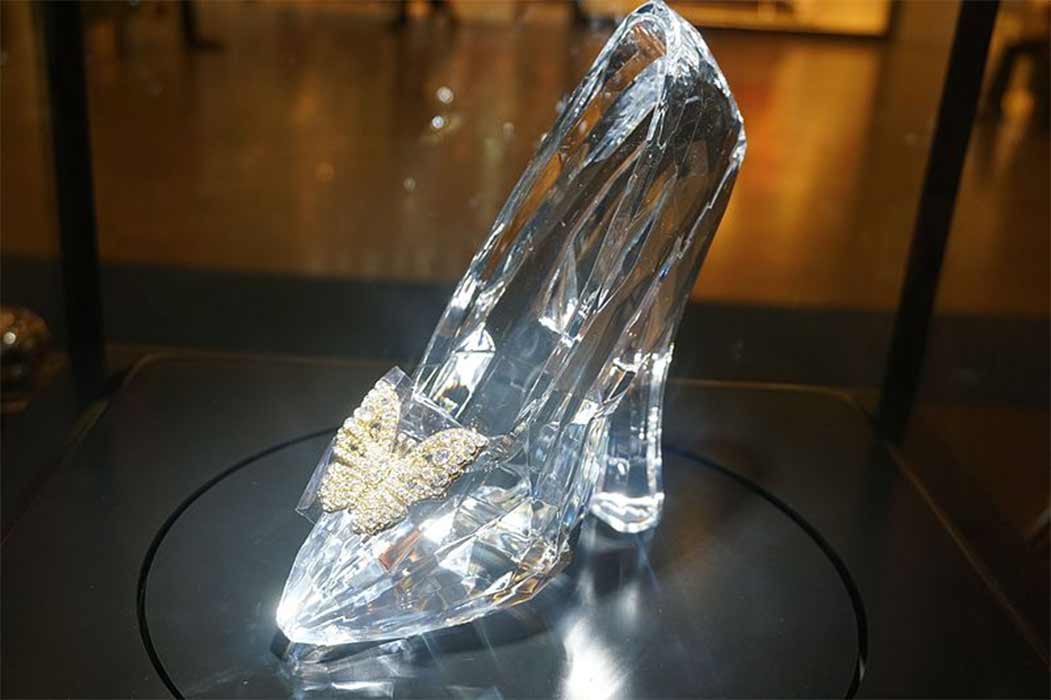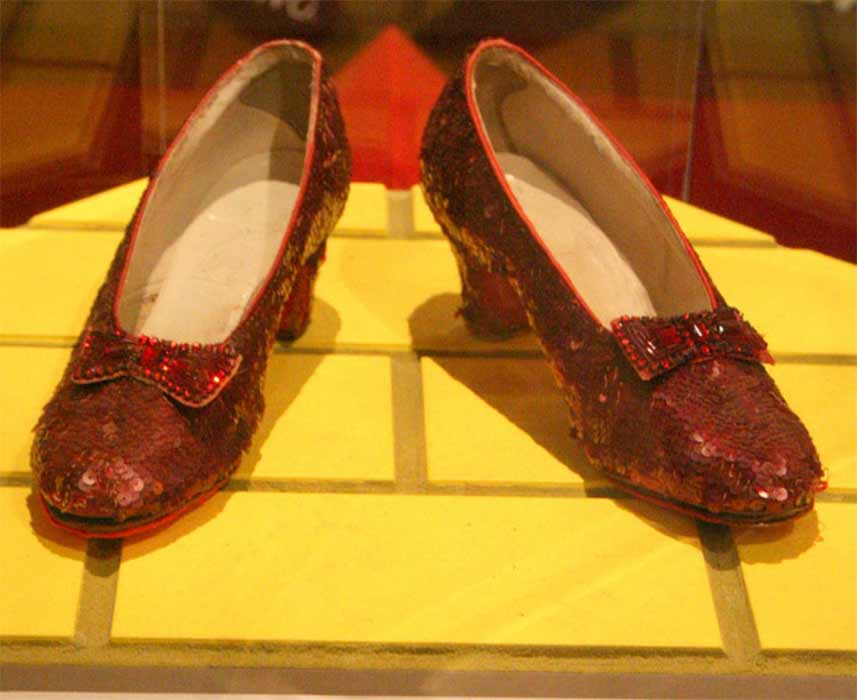
Magic Shoes And Boots: The Soles Of Mythology
Interest in the history and archaeology of ancient footwear began in the 17th century and today the formal study of footwear is called ‘calceology.’ This field of science includes interpreting ancient footwear against social and cultural contexts, understanding the technical aspects associated with leather trades, and the reconstruction of archaeological artifact footwear.
Given a moment of thought, anyone will agree one does not really need a calceologist to confirm that perhaps no single invention has enhanced humankind’s outdoor survival, better than shoes and boots. While strong leather soles enabled hunters to run in forests and jungles chasing fast moving prey, to climb sharp cliffs and thorny trees collecting nutritious eggs and to wade in rock pools and beaches carefree of urchins, on a metaphoric level, shoes are found at grassroot level of ancient religions, mythology and folklore.

“Cinderella,” is the modern name for a traditional fairytale known as “The Little Glass Slipper.” (CC BY-SA 2.0)
Footwear Took Folkloric Figures Where They Boldly Needed To Go
The English word ‘shoe’ derives from the Old English scoh, which itself is from the Proto-Germanic skokhaz. Shoes, while not at first obvious, feature ubiquitously in ancient texts, sacred religious scriptures and within the compositional threads of world mythologies, fairy tales and folklore. The Magic Shoes was a 1935 Australian short film based on the fairy tale Cinderella, a timeworn story which according to folk historians Iona and Peter Opie there are at least 700 versions of the story, worldwide. However, what every single rendition of Cinderella shares in common, are magic shoes.
Essentially, shoes take a person on trips and journeys and the shoe as an archetype of voyaging is expressed in modern folklore where Dorothy’s ruby slippers acted as the catalyst for her hero's journey to Oz, and in Cinderella, where her glass slippers were the key to her changing her life and marrying a prince. The version of Cinderella read to children today originates from Walt Disney, and it tells of the heroine wearing glass slippers. The glass slippers worn by Lily James in the film are adorned with butterflies, which expand on the trip, extending the archetype even further than the older versions. However, in the version written by Charles Perrault in 1697 and published in his Tales of Mother Goose, the repressed young girl wore fur slippers. It is believed the confusion arose because the French noun vait means ‘white fur’ and the French word for glass is verre, but there is no argument that the underlying theme associated with the shoes is fertility, and the erotic.

Dorothy’s red slippers following the Yellow Brick Road. (CC BY-SA 3.0)
In the 19th-century Brothers Grimm book The Twelve Dancing Princesses a poor old shoemaker features in the story Elves and the Shoemaker after he petitions assistance from three young helpful elves. This story, according to an article published on the The Shoeman titled A brief history of magical shoes, reflects the Middle Age belief that shoemakers could disguise ‘the evil foot’ by supporting people’s flat arches, which was a common foot defect associated with Satan.
- The Cinder-Tree: Origins Of The World’s Most Famous Fairy Tale Cinderella
- The Everlasting Shoe: What Does This 5,500-Year-old Shoe Found in a Cave Tell Us About Ancient Armenians?
- Adidas of Ancient Rome: Ancient Fashion Unveiled with Discovery of Roman Shoe Hoard
Another popular magic shoe of European folklore were the legendary bottes de sept lieues or ‘seven-league boots’ that allowed wearers to take giant strides of seven leagues (roughly three miles or five kilometers) per stride. Seven-league boots were a popular theme, or element, of European folklore that allowed wearers to travel at great speed, giving protagonists magical powers to help them complete their tasks and challenges.





